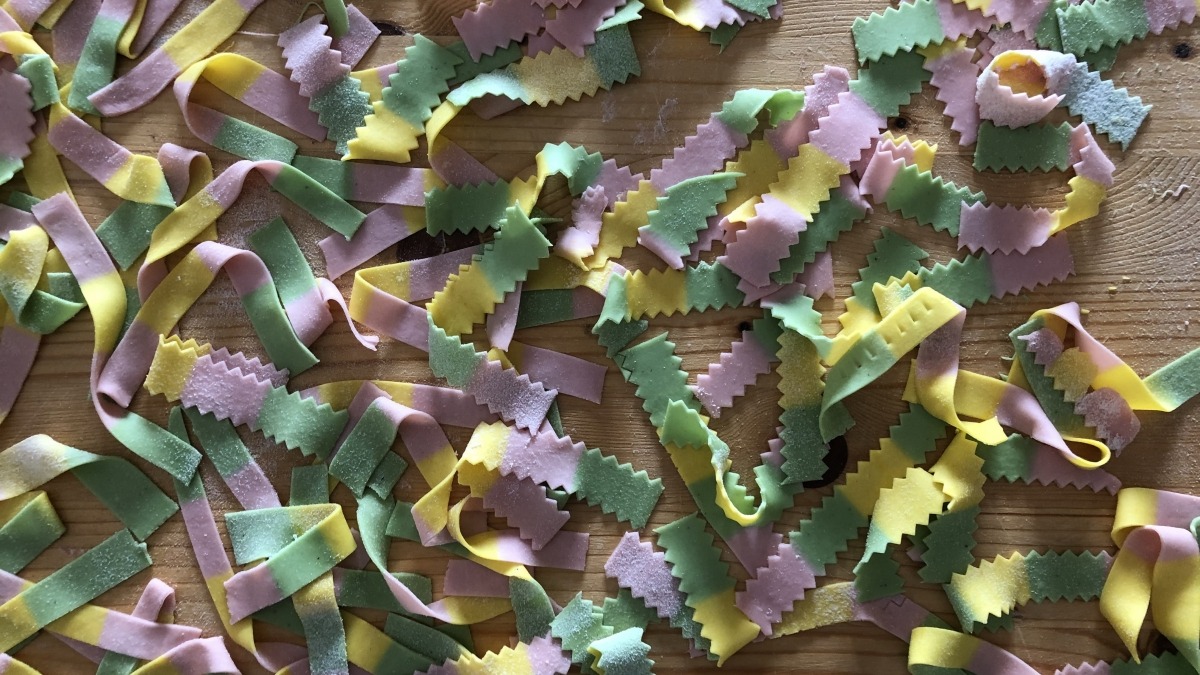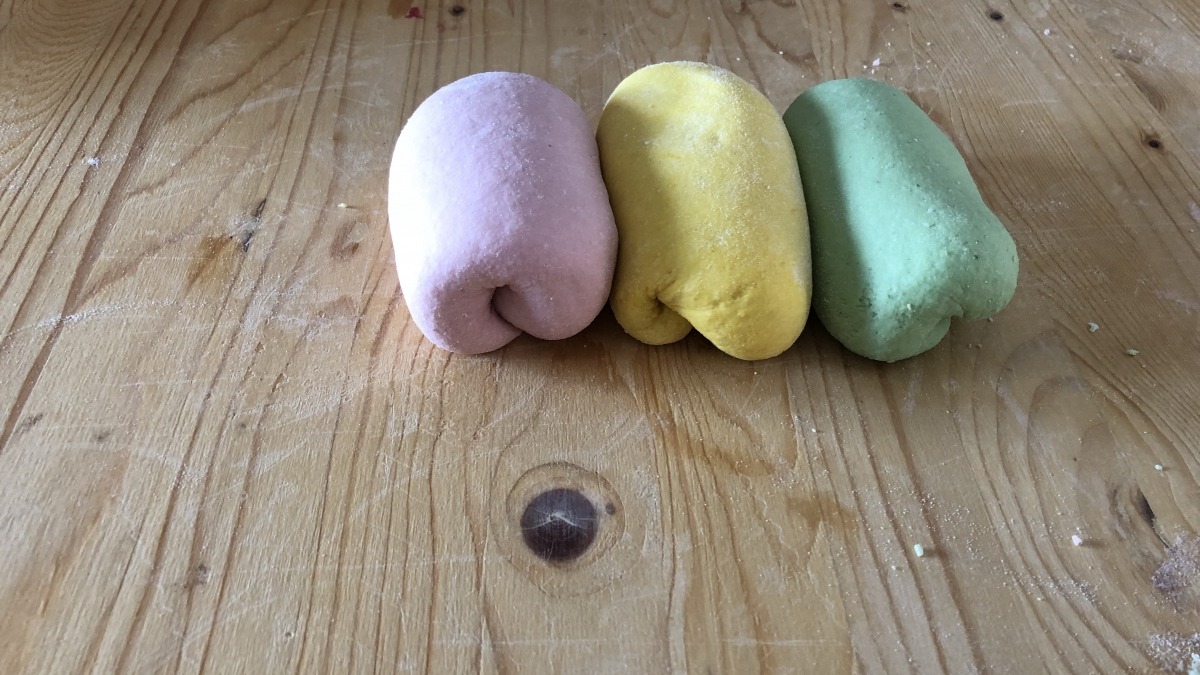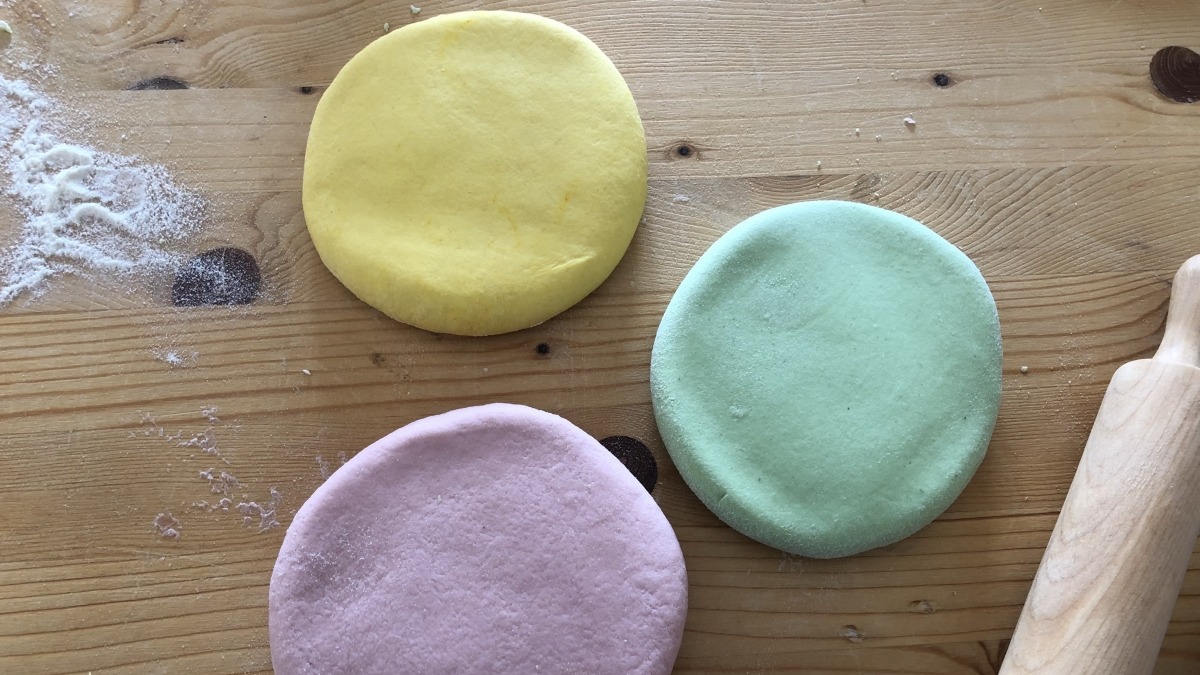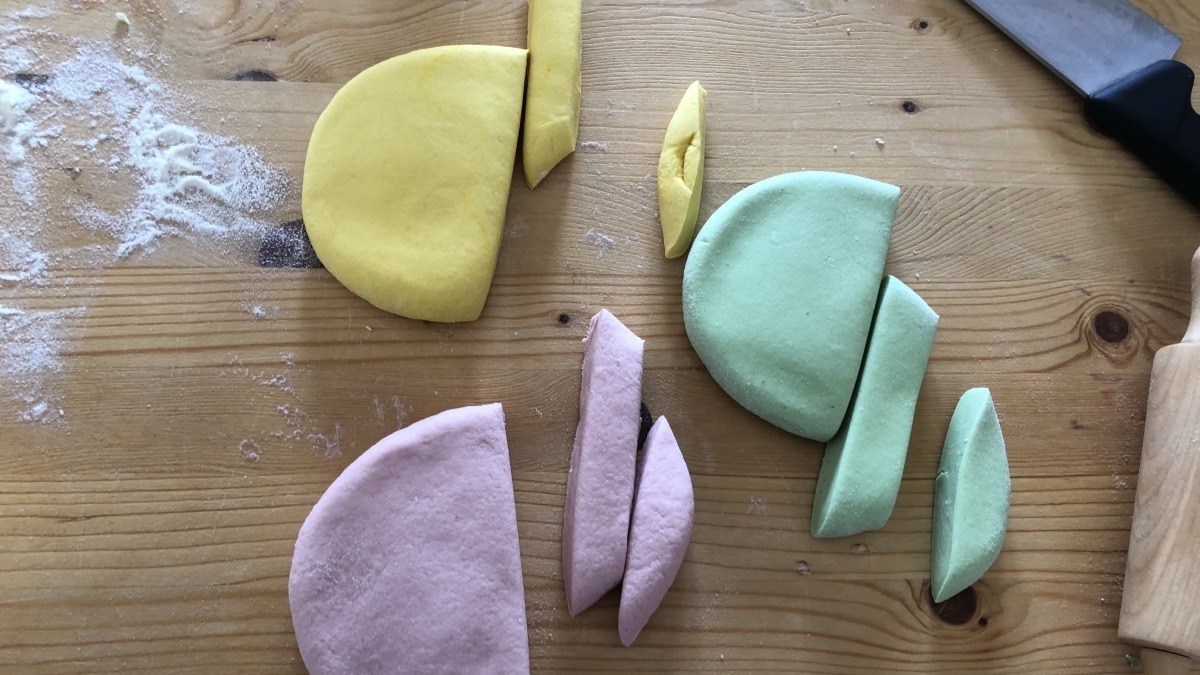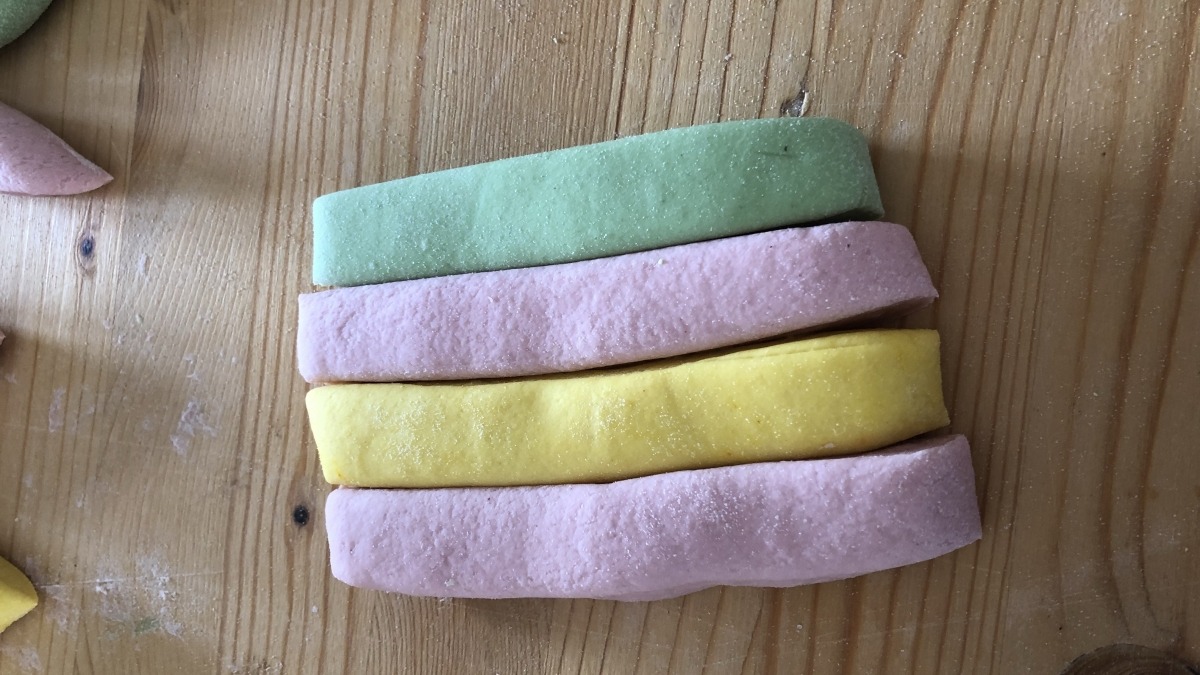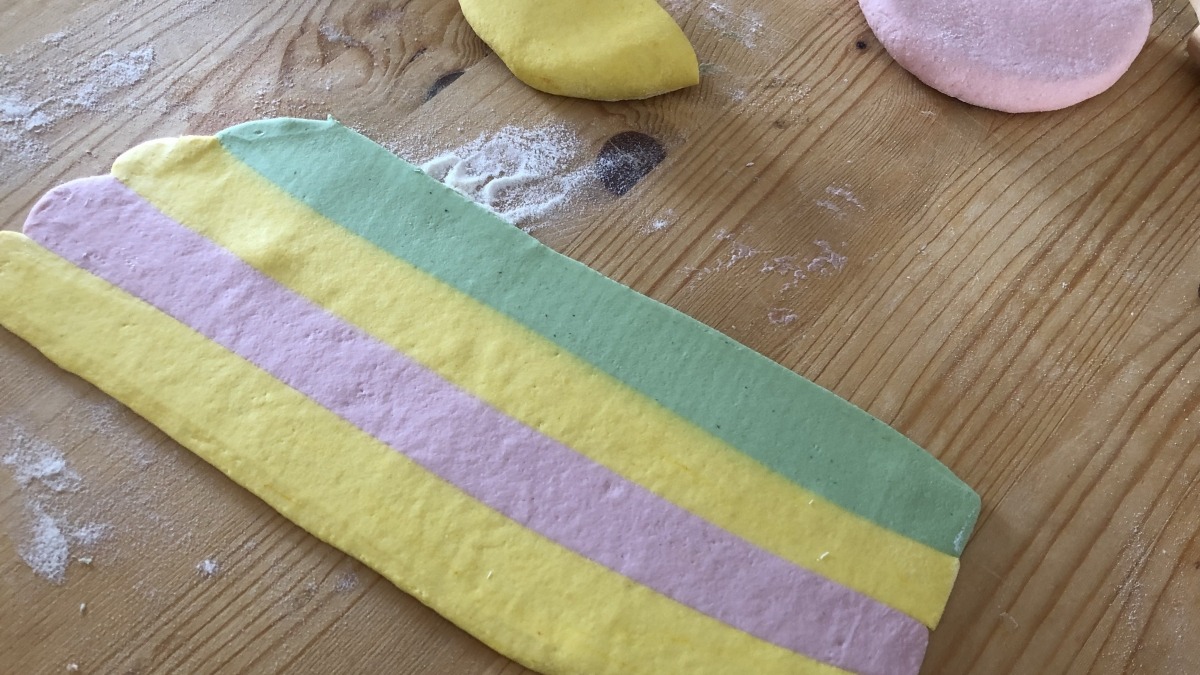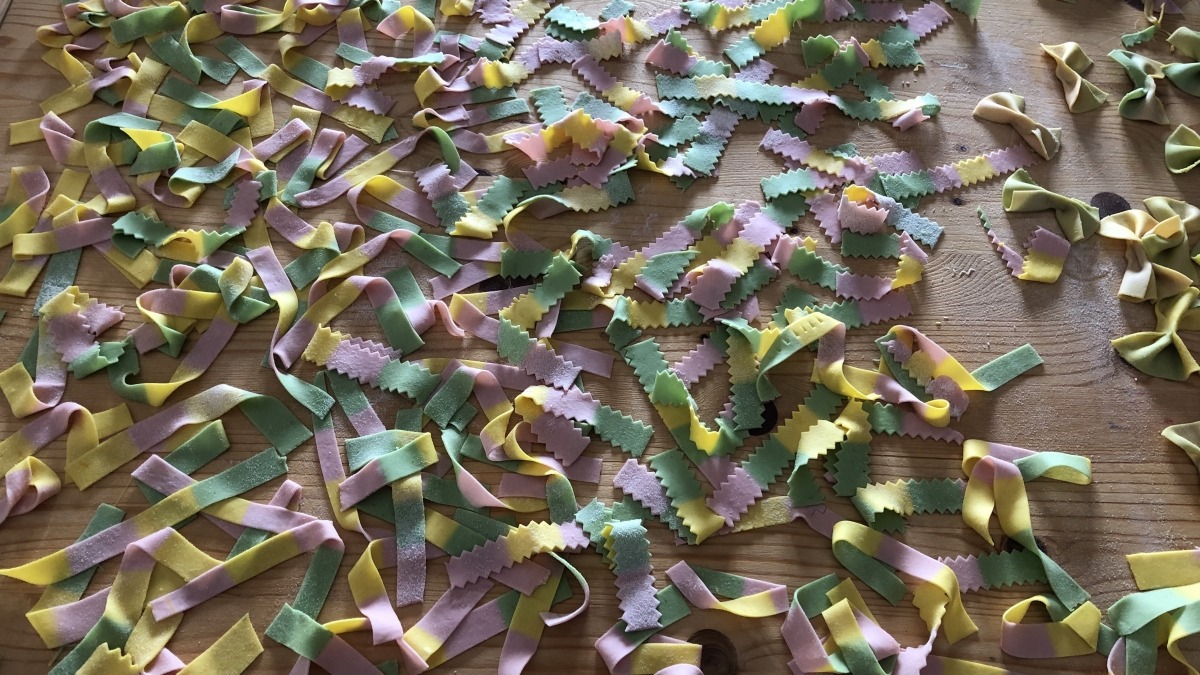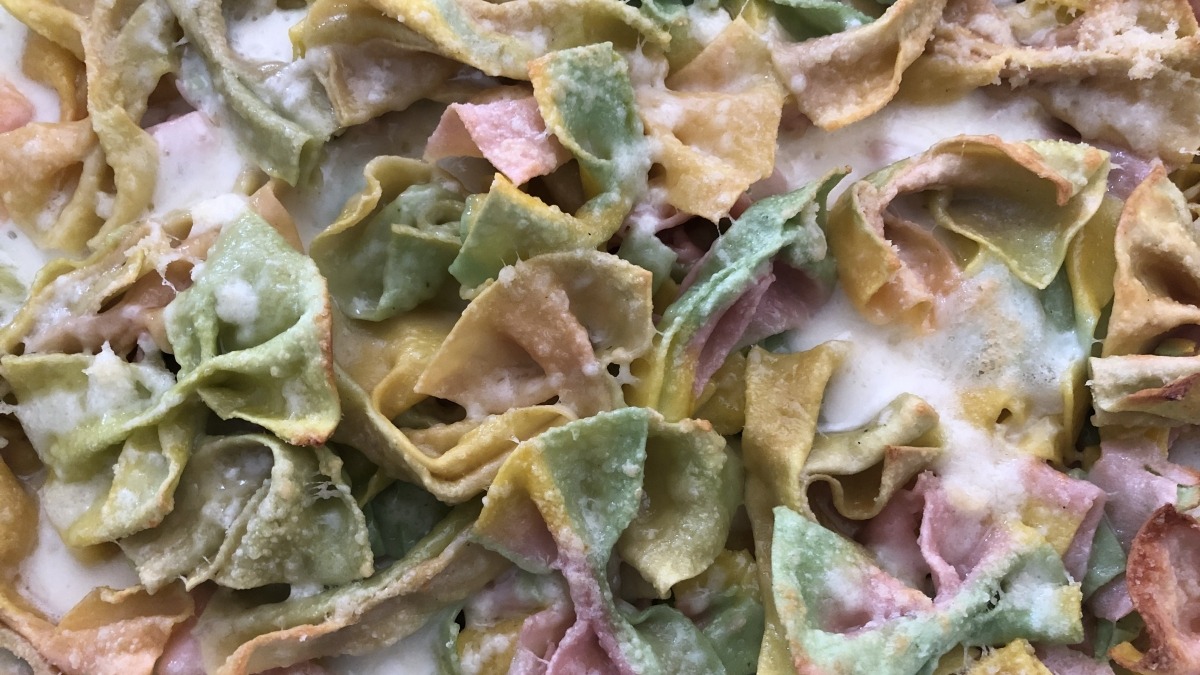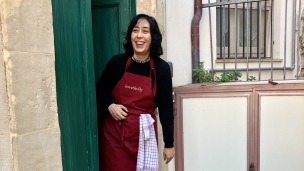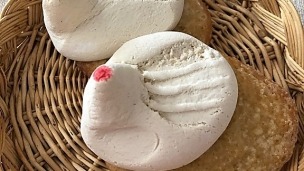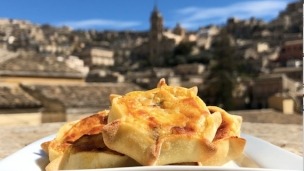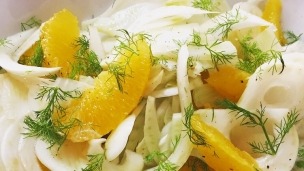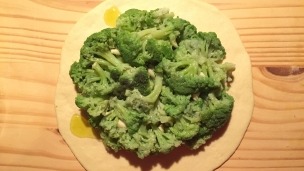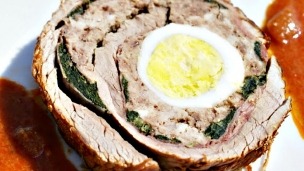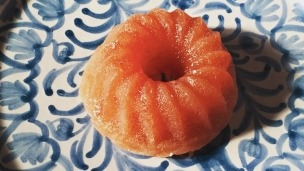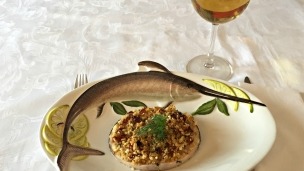How to Make Colourful Pasta
Today is Martedì Grasso (Mardi Gras) and this year I wanted to prepare a super colourful meal for my kids. Creating something that can appeal to an 11-year-old and a 1-year-old at the same time left no doubt, colourful pasta!
So I got my cannot-live-without semolina flour and some natural colourings out and got started. Today I used beetroot and basil, but you can use tomato paste, pureed carrot, spinach and even squid ink for a black looking pasta.
If you follow my blog, by now you know I am a homemade pasta fanatic and that I usually prefer to roll out my pasta with an old style rolling pin on a wooden board rather than a pasta machine, but for this specific recipe the machine is the best option. So open that cupboard and get your pasta kit out.
Ingredients:
700 gr semolina flour
1 bunch basil
1 beet
4 eggs
Take three different bowls and place 200gr of sifted semolina flour in each one of them. Keep the extra 100 gr of flour on the side in case you need it.
Then prepare the reddish/pink colouring. Wrap the beetroot in aluminium foil and place it in the oven to roast for about an hour or until a fork can be easily inserted. Skin it and chop it, then place it in a mixer and blend it until you get a smooth puré.
To make the green colouring, take 10 big basil leaves and blend them in a mini food processor with a splash of very hot water, then filter the mix and keep the green water with the basil chlorophyll.
Start making the plain piece of dough by creating a well in the middle of the flour. Crack the eggs, pour them into the middle and using a fork beat them lightly, mix in the flour a little at the time. When all the flour has been absorbed by the eggs continue kneading by hand until the dough is smooth and elastic.
To make the pink pasta, take the second bowl with the flour and make a well in the middle. Add just one egg and the beetroot puree (I used just a spoon as I wanted a light pink) then using a fork beat the egg and beetroot whilst incorporating the flour and continue kneading by hand.
Finally, for the green pasta repeat the process using one egg and the chlorophyll water (about four spoons).
Wrap the three different pasta doughs with a film and place them in the fridge to rest for about 30 minutes.
ROLL OUT THE COLOUR
When ready, take the pasta out of the fridge and roll each piece out into a 1cm thick disc.
With a knife, cut some thick strings, mine where about 1 cm wide (width depends on the final design you have in mind).
Place four (or more depending on how wide your pasta piece are) strings of pasta next to each other alternating colours, then start passing them from a pasta machine. Start from a n.1 or n.2 position on your pasta machine, then pass it again through it with the rolls on n.4 or n.5 and, finally, n.7.
Your colourful sheets of pasta are ready. You can use them to make short tagliatelle, farfalle or to make ravioli and tortelli of all kind.
I cooked my pasta in abundant salted boiling water, then drained it and mixed it with a drizzle of extra virgin olive oil, 6 spoons of grated caciocavallo ragusano cheese and pieces of a mozzarella. I placed in a tray and cooked it in the oven at 200C° until the cheese created a crispy golden crust on the top. I preferred this simple cheese flavours because they were tasy but at the same time did not cover the beautiful colours of the pasta.
